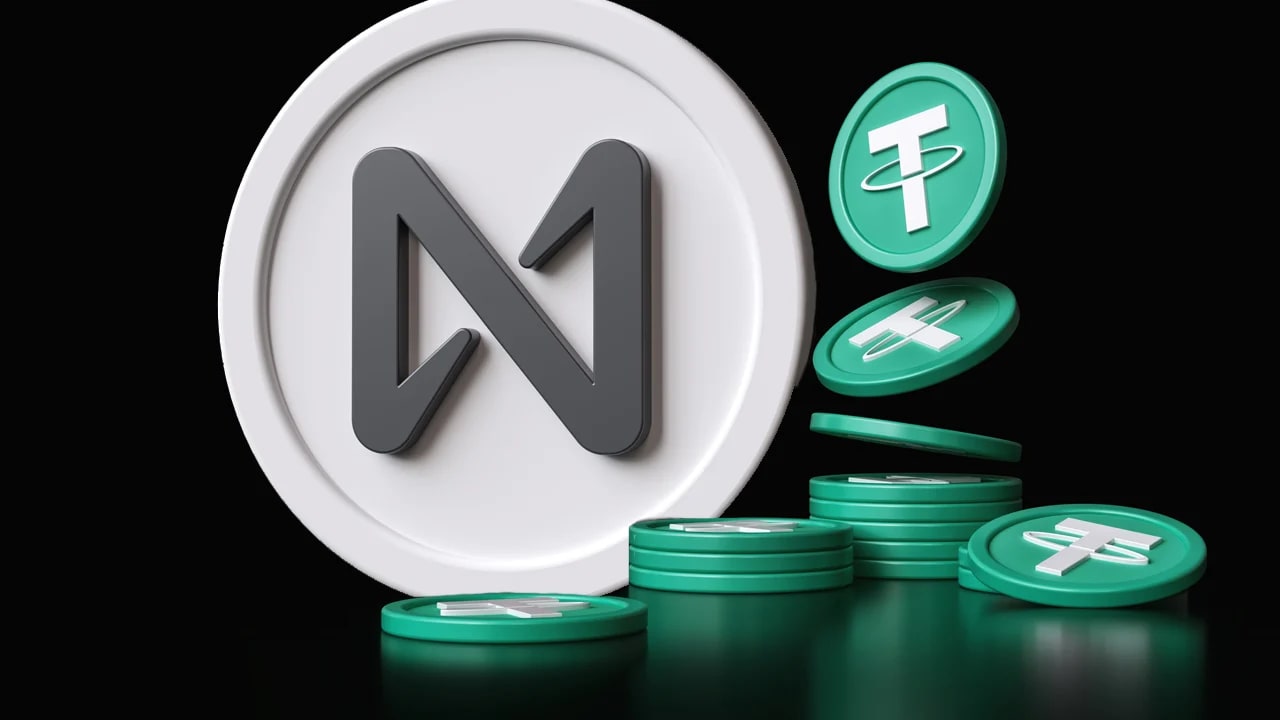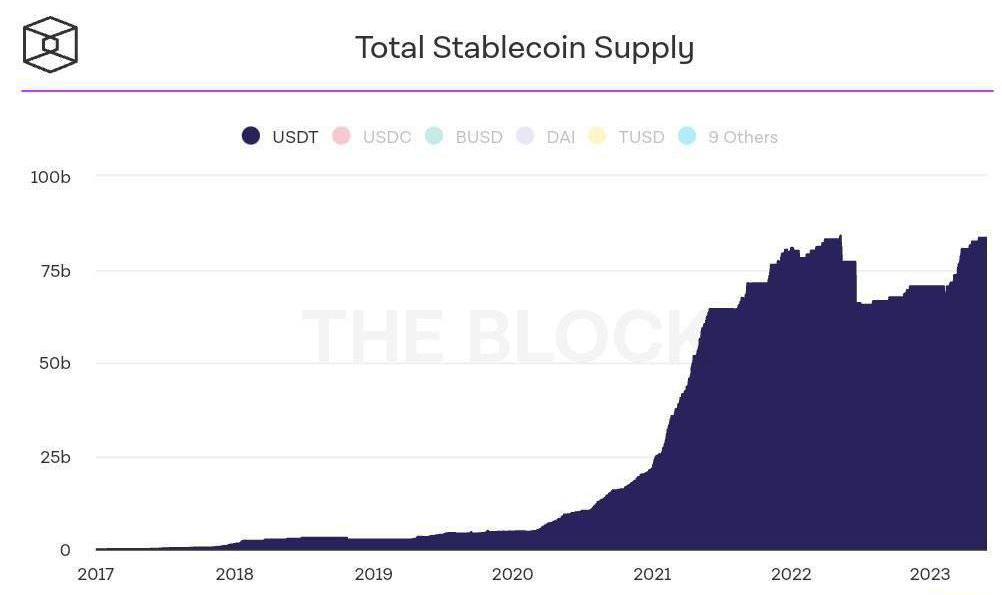Spill the (USD)T: Exploring USDT Usage in NEAR and Its Burrow Protocol
a comprehensive analysis of USDT usage on the NEAR chain, focusing specifically on its utilization within the Burrow lending protocol. Gain insights into USDT trends, patterns, and usage metrics within NEAR, with a specific emphasis on Burrow.
In this dashboard, we will delve into a comprehensive analysis of the usage of Tether (USDT) on the NEAR chain, with a specific focus on its utilization within Burrow, a prominent decentralized lending protocol operating on NEAR. Our analysis will encompass a configurable time frame of the past 30, 14, or 7 days, allowing users to tailor their visualizations and delve into the specific details that interest them.
By leveraging the "Past_X_Days" parameter provided in this dashboard, you have the flexibility to adjust the time frame of the visualizations and analysis to align with your preferences. The default setting is 30 days, providing an overview of the USDT activity on NEAR and its engagement within the Burrow protocol over the past month.
Through this comprehensive analysis, we aim to provide valuable insights into the trends, patterns, and usage metrics related to USDT on the NEAR chain, specifically within the context of the Burrow lending protocol. Additionally, we are going to theorize how market conditions or external research may be impacting USDT usage and what may be causing the developments.

What is Tether (USDT)?
USDT (Tether) is a type of cryptocurrency that is known as a stablecoin. Stablecoins are designed to have a stable value by pegging their price to another asset, often a fiat currency like the US dollar. In the case of USDT, it is pegged to the US dollar, meaning that 1 USDT is intended to be equal to 1 US dollar.
USDT was created by a company called Tether Limited, which operates under the same management as the cryptocurrency exchange Bitfinex. The primary purpose of USDT is to provide a digital token that represents the value of the US dollar, allowing users to trade and transact with the stability of a fiat currency while utilizing the benefits of blockchain technology. Tether achieves the peg to the US dollar through a combination of reserves and market mechanisms. The company claims that each USDT token is backed by an equivalent amount of US dollars held in reserve. However, the transparency and accuracy of these reserves have been a subject of controversy and scrutiny in the cryptocurrency community.
USDT has gained significant popularity in the crypto space due to its widespread availability and use on various cryptocurrency exchanges. It allows traders to move funds quickly between different cryptocurrencies without the need for traditional banking systems. However, it's important to note that using USDT carries some counterparty risk, as the value and stability of the stablecoin rely on the trustworthiness and transparency of the company behind it.
What is NEAR Protocol?
NEAR Protocol, commonly referred to as NEAR, is a blockchain platform designed to enable decentralized applications (dApps) and smart contracts. It aims to provide a scalable and developer-friendly environment for building and deploying blockchain-based applications.
NEAR Protocol was created to address the limitations and challenges of existing blockchain platforms, particularly regarding scalability, usability, and cost-effectiveness. It utilizes a novel consensus mechanism called "Proof-of-Stake" (PoS), specifically a variant called "Proof-of-Stake-Threshold" (PoS-Threshold). This consensus mechanism allows for fast block production and high transaction throughput while maintaining decentralization and security.
NEAR Protocol also introduces a sharding mechanism called "Nightshade," which enables parallel processing of transactions and smart contracts across multiple shards, enhancing the platform's scalability. This approach helps to mitigate network congestion and reduce fees, making it more efficient for developers and users.
What is Burrow?
Burrow is a decentralized, non-custodial, pool-based interest rate market protocol built on NEAR and the 4th project with the highest TVL on this chain that allows users to supply assets and earn passive interest, and borrow against them to utilize liquidity. Users are also able to deposit a token as collateral and then borrow another one to create a leveraged position. In general, it is similar to other pool-based protocols such as Aave and Compound. The smart contracts of Burrow are written In Rust and run natively on the NEAR blockchain.
Dashboard by Ali3N
Discord: Ali3N#8546
Telegram: Alik110
Twitter: Alik_110
Email: Alik110.72@Gmail.com
Check out My Other Dashboards at: https://flipsidecrypto.xyz/Ali3N
USDT Market Cap Climbs to All-Time High
Despite the overall decline in the stablecoin and the whole cryptocurrency market during recent weeks, Tether's USDT has managed to reclaim its previous all-time high market capitalization. USDT reached a milestone of $83.2 billion in market capitalization, matching its previous peak over a year ago. This achievement comes after Tether faced a significant loss of $18 billion following the Terra blockchain project's collapse in May 2022 and subsequent market turbulence.
The significance of Tether's milestone lies in its resilience amidst the broader decline in the stablecoin market. Stablecoins play a crucial role in blockchain-based finance, serving as a bridge between government-issued fiat currencies and digital assets, facilitating trading, and providing stability in the volatile cryptocurrency space.
